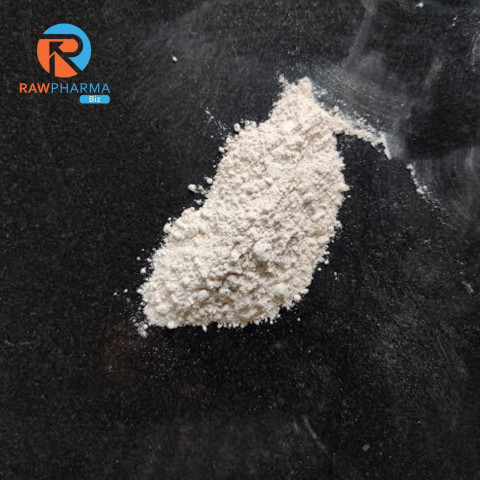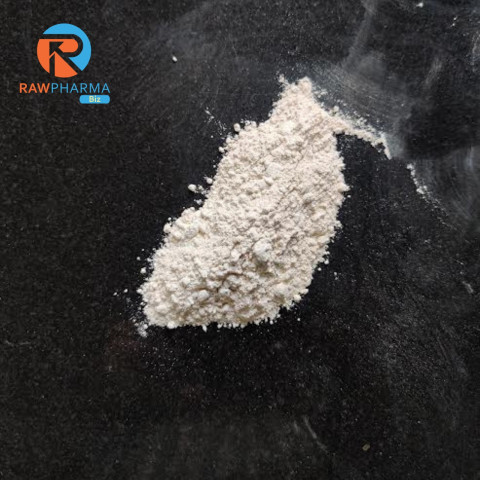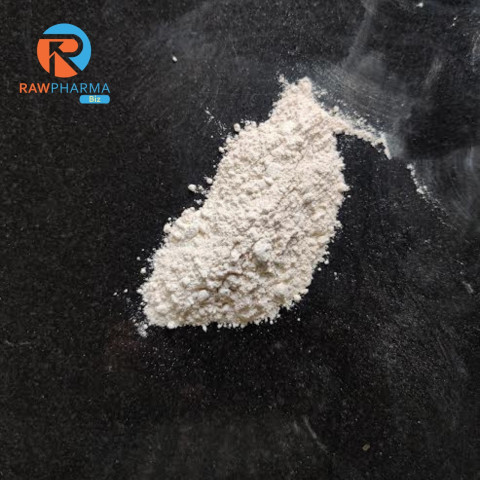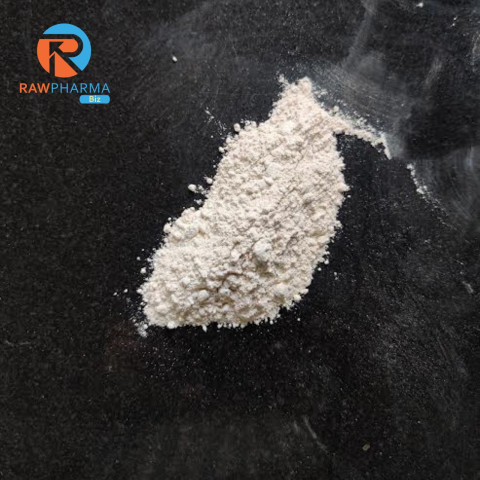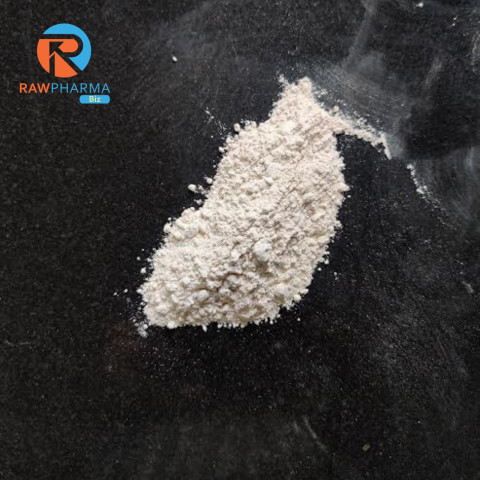Short Descriptions
Light Magnesium Oxide (0.20-0.30) is a high-purity, low-density magnesium compound characterized by its fine particle size and high surface area. This versatile material is commonly used in pharmaceuticals, food additives, and as a filler in the rubber and plastics industries. Its excellent reactivity and absorption properties make it ideal for applications requiring high dispersion and uniformity.
More Information
Details
Light Magnesium Oxide (0.20-0.30) is a high-purity, fine particle magnesium compound known for its low density and high surface area. Produced through the calcination of magnesite or magnesium hydroxide, this form of magnesium oxide is characterized by its lightweight nature and excellent dispersibility. Its unique physical and chemical properties make it suitable for a wide range of applications across various industries, offering benefits such as enhanced reactivity and superior absorption capabilities.
In the pharmaceutical industry, Light Magnesium Oxide (0.20-0.30) plays a crucial role as an active ingredient and excipient. It is commonly used in antacids, where its high reactivity helps to neutralize stomach acid quickly, providing relief from indigestion and heartburn. Additionally, its fine particle size ensures uniform mixing and consistent performance in tablet formulations. Beyond antacids, Light Magnesium Oxide is also used in laxatives, providing effective relief for constipation by drawing water into the intestines and promoting bowel movements.
The versatility of Light Magnesium Oxide (0.20-0.30) extends to the food and industrial sectors as well. In the food industry, it serves as a food additive, providing a source of magnesium, a vital nutrient for human health. It helps in fortifying food products, ensuring adequate magnesium intake for consumers. Industrially, this lightweight magnesium oxide is utilized as a filler and reinforcing agent in rubber and plastic products, enhancing their strength and durability. Its high surface area and fine particle size allow for better dispersion within the material, leading to improved product performance. Moreover, it is employed in the production of ceramics, glass, and as a catalyst in various chemical reactions, showcasing its multifunctional applications and importance across different domains.
